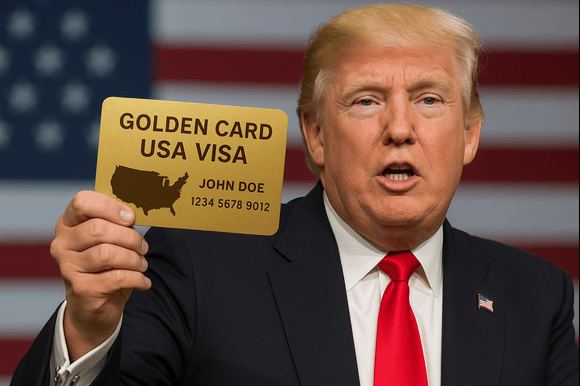
ILVER SPRING, MD — In what medical experts are calling a potential paradigm shift in diabetes care, the U.S. Food and Drug Administration (FDA) has granted approval for a revolutionary treatment showing unprecedented success in reversing Type 2 diabetes in early-stage patients.
The treatment, developed by researchers at Johns Hopkins University and pharmaceutical partner NovaCure Therapeutics, combines a novel dual-action medication with an innovative continuous glucose monitoring system. Clinical trials demonstrated a remarkable 72% success rate in normalizing blood glucose levels without traditional insulin therapy.
“This represents the most significant advancement in diabetes treatment in decades,” said Dr. Emma Richardson, Director of the FDA’s Center for Drug Evaluation and Research. “For millions of Americans with early-stage Type 2 diabetes, this offers something we’ve never had before: a pathway to potential remission rather than lifelong management.”
The treatment, marketed as Glycentia, works through a two-pronged approach: a weekly injection that simultaneously increases insulin sensitivity and regenerates pancreatic beta cells, coupled with a smartphone-connected monitoring device that tracks multiple metabolic markers beyond just blood glucose.
The Phase III clinical trial, which included 4,200 patients across 37 medical centers, showed that patients using Glycentia experienced:
- 72% achieved normal blood glucose levels within 6 months
- 83% reduced or eliminated their need for other diabetes medications
- 65% maintained normal levels for at least 12 months after treatment
- Significant improvements in related conditions including blood pressure and cholesterol levels
Dr. James Chen, lead researcher at Johns Hopkins, explained the breakthrough: “Previous treatments managed symptoms. This targets root causes—insulin resistance and beta cell dysfunction. The monitoring system provides AI-driven feedback that optimizes the treatment for each individual patient.”
The treatment could dramatically reduce the $327 billion annual economic burden of diabetes in the United States. Health economists project potential savings of $52 billion annually if even half of eligible patients receive the treatment.
Insurance companies have responded positively, with major providers including Anthem, UnitedHealth, and Cigna announcing they will cover the treatment for eligible patients. Medicare coverage determination is expected within 90 days.
Patient advocacy groups have celebrated the approval while expressing concerns about accessibility. “This is the hope millions have been waiting for,” said Maria Gonzalez, president of the American Diabetes Association. “Now we must ensure equitable access regardless of geography or economic status.”
The treatment is expected to be available to patients by March, with initial priority given to those diagnosed within the past five years. NovaCure Therapeutics has announced a patient assistance program to help offset costs for uninsured or underinsured patients.
Medical centers nationwide are preparing specialized treatment programs, with an estimated 200 facilities expected to offer Glycentia by mid-year. The FDA has required a comprehensive 10-year follow-up study to monitor long-term outcomes and safety.




